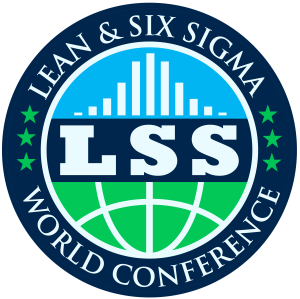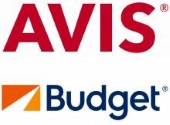 |
|  |
|
ABSTRACT Play to Learn: Game-Based Learning for Lean Six Sigma PractitionersIndustry: All Industries Keywords: Lean Six Sigma Training; Game-Based Learning Level: Basic LinkedIn: https://www.linkedin.com/in/kenrobinette/ When conducting process improvement-focused training, imparting an understanding of Lean Six Sigma tools is relatively straightforward. The challenge is teaching people the underlying thought process, how to ask the right questions, and have the confidence necessary to do so. The world we operate in isn’t cut and paste or multiple choice. It is messy, complex, and often unpredictable. Capability is only one part ability; it is also one part confidence. So how do we drive people’s confidence in attacking process waste head-on? Bloom’s taxonomy is a framework that classifies educational objectives based on cognitive complexity. The six levels of thinking include: remembering, understanding, applying, analyzing, evaluating, and creating. Games bridge the gap between understanding and applying. They offer a risk-free environment for people to learn and experiment with different strategies, experience the consequences of their actions, and refine their problem-solving abilities. Games can better mimic reality, particularly process improvement work, as they can be designed to be complex and open-ended. Applying process improvement concepts in a game environment reinforces learning with a high degree of interaction and immediate feedback. The fun element keeps energy levels high. Students practice transferring newly acquired knowledge and skills from a training lesson context to a new context. This better prepares new practitioners to effectively apply learning to real project work as it increases their confidence. This session aims to provide an experiential workshop demonstrating how game-based learning can more effectively develop Lean practitioners. In this session, we will go over the problem of developing capability, what a path to mastery looks like, the role of game-play and practice, and best practices and design considerations when gamifying training. Many examples of game-based learning are online exercises and simulations that extend the training platform across delivery alternatives: in-person, virtual, and hybrid. These online platforms provide the flexibility to deliver high-quality practice and transcend the challenges of participants located at different sites, including working from home. We’ll dive deeper into this concept and go over several other benefits, including: 1. Engages students: Interactive decision-making and rich media stimulates interest. Provides a risk-free environment: Students are free to make mistakes in a safe, virtual practice space. 2. Reduces training costs: Gamified simulations are a cost-effective way to provide in-depth experience to students. 3. Saves training time: Trainees can complete an entire simulated project in 1-3 days. Builds student competence: The best simulations drive critical thinking over rote learning. 4. Reinforces teamwork: Competition helps teach team dynamics and communication skills. We will dive into what a healthy distribution of training hours looks like; how much time you should dedicate to solving simpler, open and close-ended questions to the more complex ones. We’ll also discuss the importance of gamifying your training; why it’s crucial for participants to gain hands-on experience in a controlled environment before testing their knowledge in the real world. Participants will work as a group to understand the baseline process flow of a fictitious organization and then strategically determine which process changes will improve relatable process problems like hidden sources of waste, high Work-In-Process (WIP), low visibility, and rework. Upon completion, participants will: ⦁ Become familiar with using simulations and games to develop activity-based learning programs. ⦁ Understand how simulations and games offer standard work practices for trainers and team leaders. ⦁ Experience how practice, in the form of hands-on simulations and games, produces skilled practitioners better prepared to complete projects, accelerating the project completion rate. ⦁ Differentiate between the importance of using a tool and the importance of finding an answer. | BIOGRAPHY Ken RobinetteVP of Business Development, MoreSteam, Powell, OH, USA Ken Robinette joined MoreSteam in July of 2023 as the Vice President of Business Development. He is responsible for developing, executing, and overseeing a business strategy that prioritizes growth and positive customer ratings. He has over 30 years of business experience in various markets and functional roles, including Sales, Design, Production Management, and Process Improvement. Prior to joining MoreSteam, Ken spent over 18 years in the healthcare industry, working at Cardinal Health and Scapa Healthcare. He is trained and certified in the Danaher Business System by Shingijutsu Kaizen and in Six Sigma by General Electric. Ken has a B.S. in Aerospace Technology from Kent State and an M.B.A. in Operations Management and Quality from the Illinois Institute of Technology. |



































































































